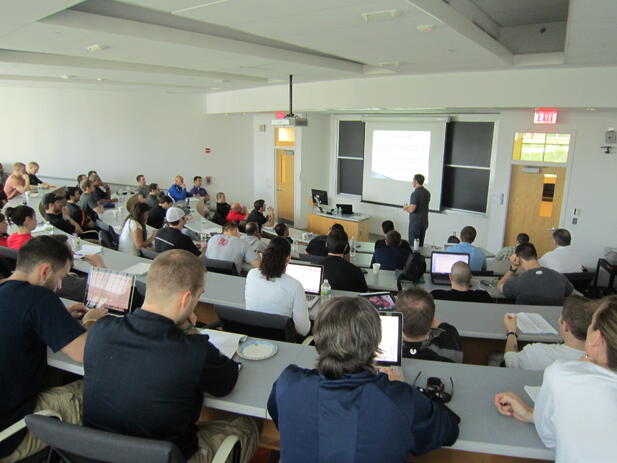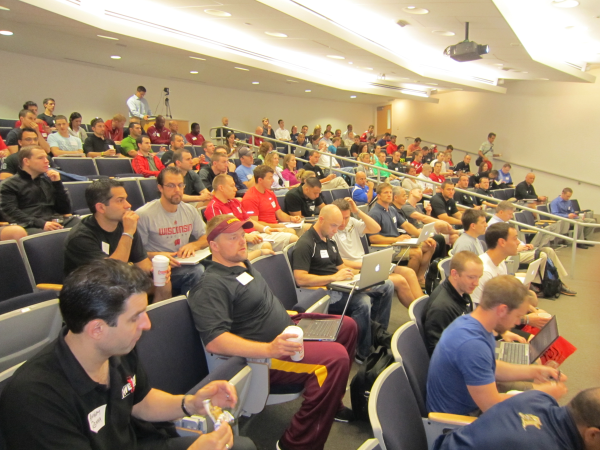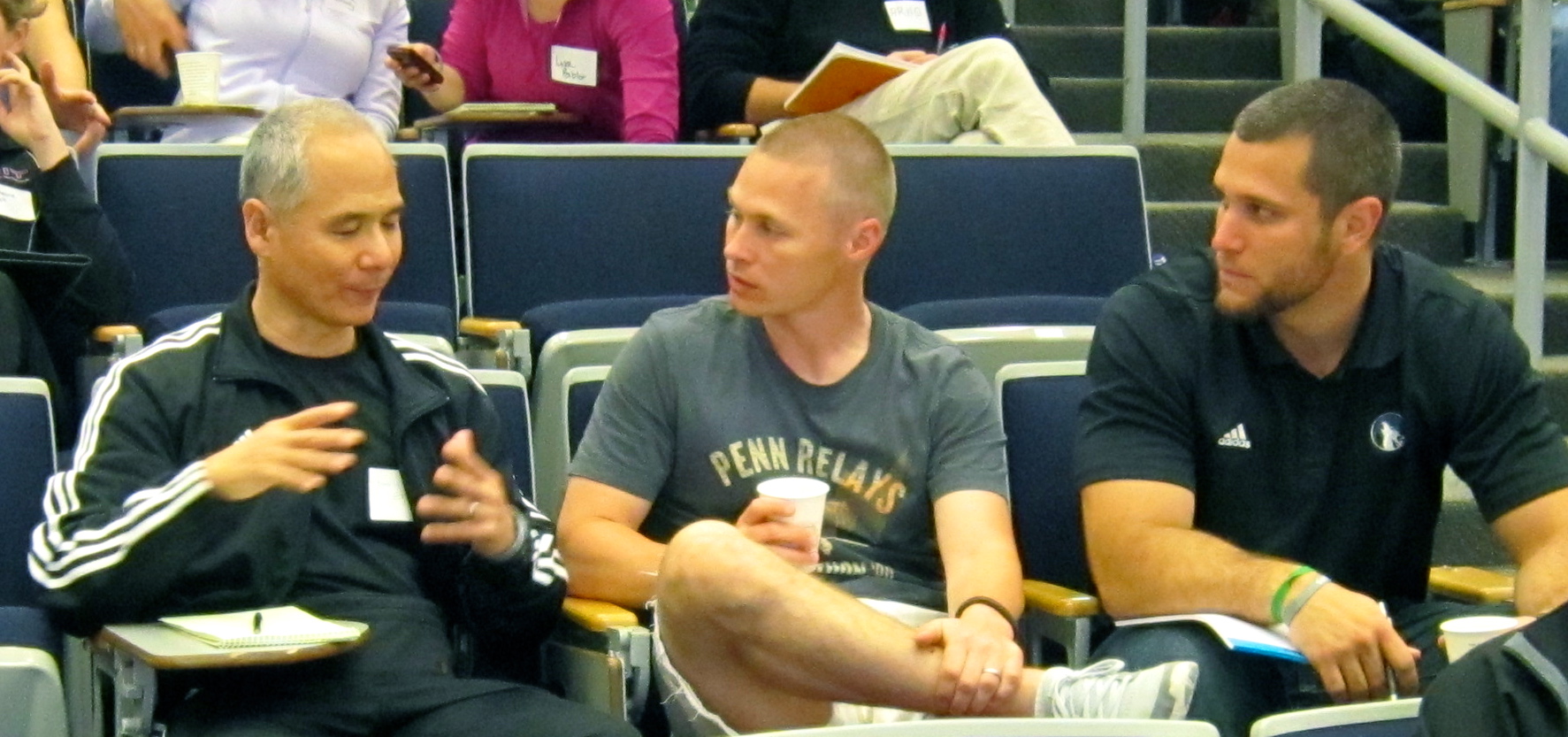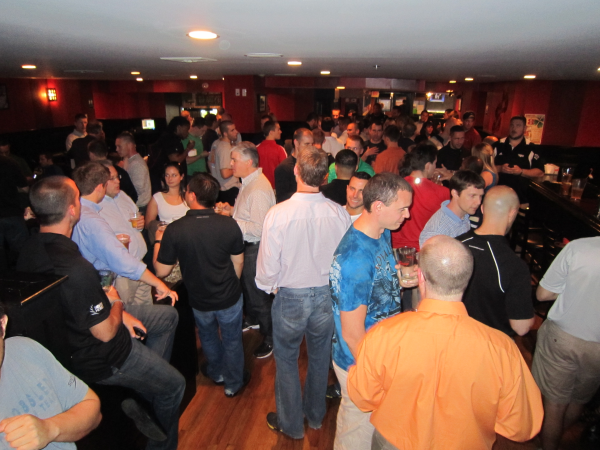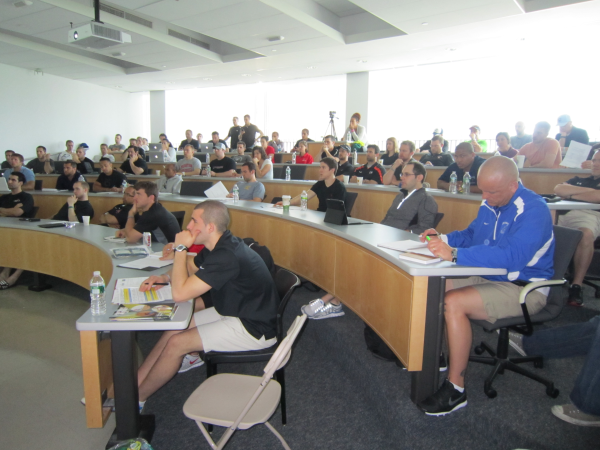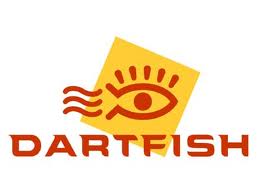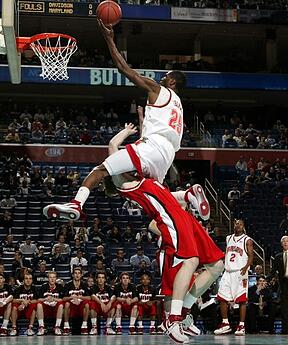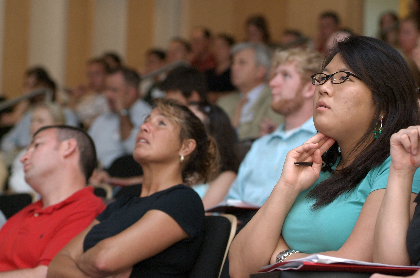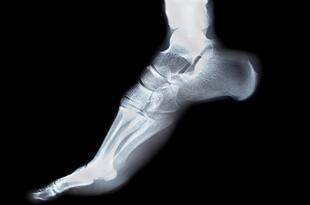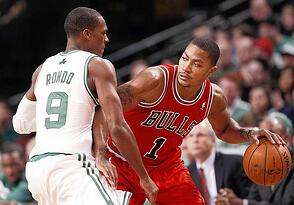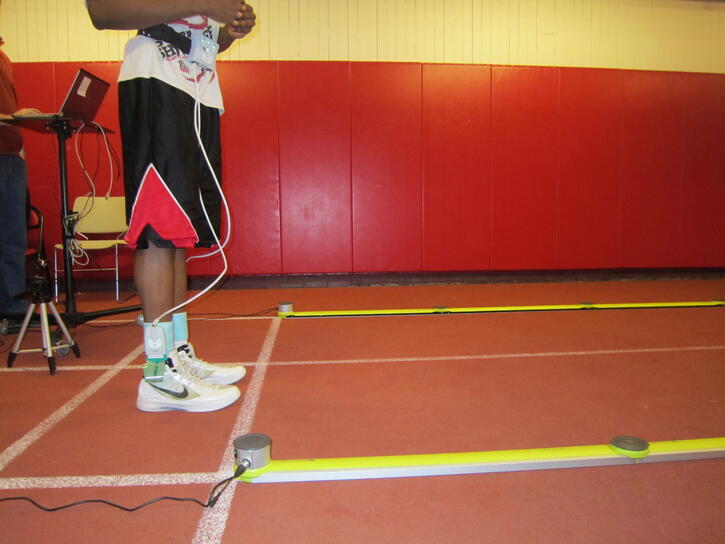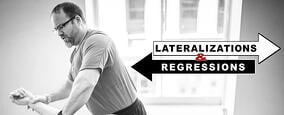by Bangen Athletic Development

This past weekend I had the pleasure of heading to Boston for my third Boston Sports Medicine and Performance Group (BSMPG) Summer Seminar. I wasn’t sure how it was going to top last year’s line-up and I can’t say for sure that it did, but it was at least on par. I was able to hear some very informative presentations from Bill Knowles, Craig Liebenson, Sean Skahan, Dan Boothby, Pete Friesen, Boo Schexnayder, Joel Jamieson, Cal Dietz, Chris Powers and Alan Grodin. The following are the three things that I am going to implement into my program at Michigan Tech as soon as I get back to Houghton tomorrow (I am writing this on the plane trip home).
1. Subjective Athlete Monitoring
Joel Jamieson spoke about allostasis and the training process. According to Joel, Allostasis is “the varying integrated adaptive responses taken by the body in order to maintain homeostasis at all times and in all circumstances as necessary to keep the body alive.” We only have a certain amount of energy (called the allostatic reserve) to accomplish these adaptations. Training is obviously one of the stressors that can disrupt homeostasis, causing allostasis to occur. However, if the training is too much in terms of volume, intensity, or both, then that allostatic reserve can be drained and we won’t get the training adaptations that we are looking for.
Therefore, it is essential to monitor the recovery levels of our athletes and quantify their training load to maintain that allostatic reserve and ensure readiness for training. Unfortunately, at Michigan Tech we don’t have the resources for an Omega Wave or even other heart rate variability technology. I also don’t have the time to measure everyone’s vertical jump or grip strength on a regular basis. However we can use subjective measures to tell how an athlete is feeling and how they perceive their training. We will now have the athletes rate on a scale of one to ten on how ready they feel to train that day after the warm-up (it’s best to do it after the warm-up because athletes rarely feel ready before, sometimes I don’t feel fully ready until after the warm-up) and they will rate their perceived difficulty and intensity after the training session. This will allow me to quantify how they are responding to training and make adjustments as needed.
2. Lowering Hurdle Height for Plyometrics
In our second, third and fourth phases of plyometric training we use hurdles to jump over and in the past we have allowed our athletes to bring their knees up, sometimes all the way to their chest in order to clear the hurdle. During Boo Schexnayder’s presentation, he repeatedly discussed the importance of posture while jumping and that the set should be stopped if posture is lost at any point.
Continue to read by clicking HERE.

